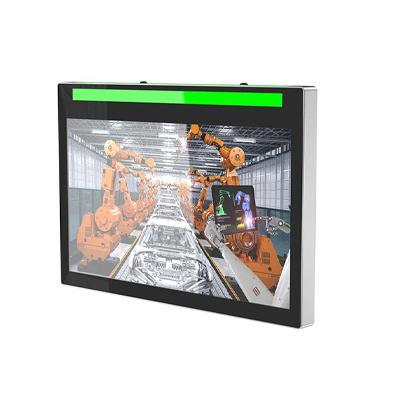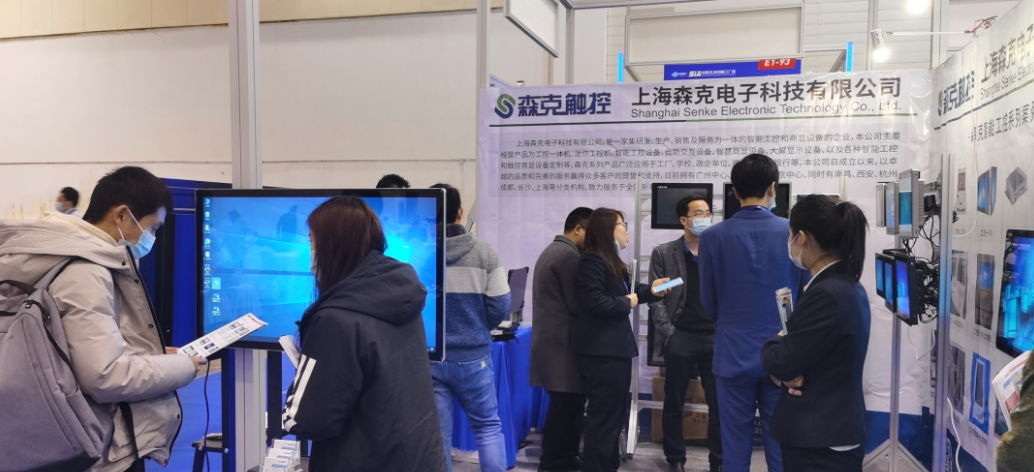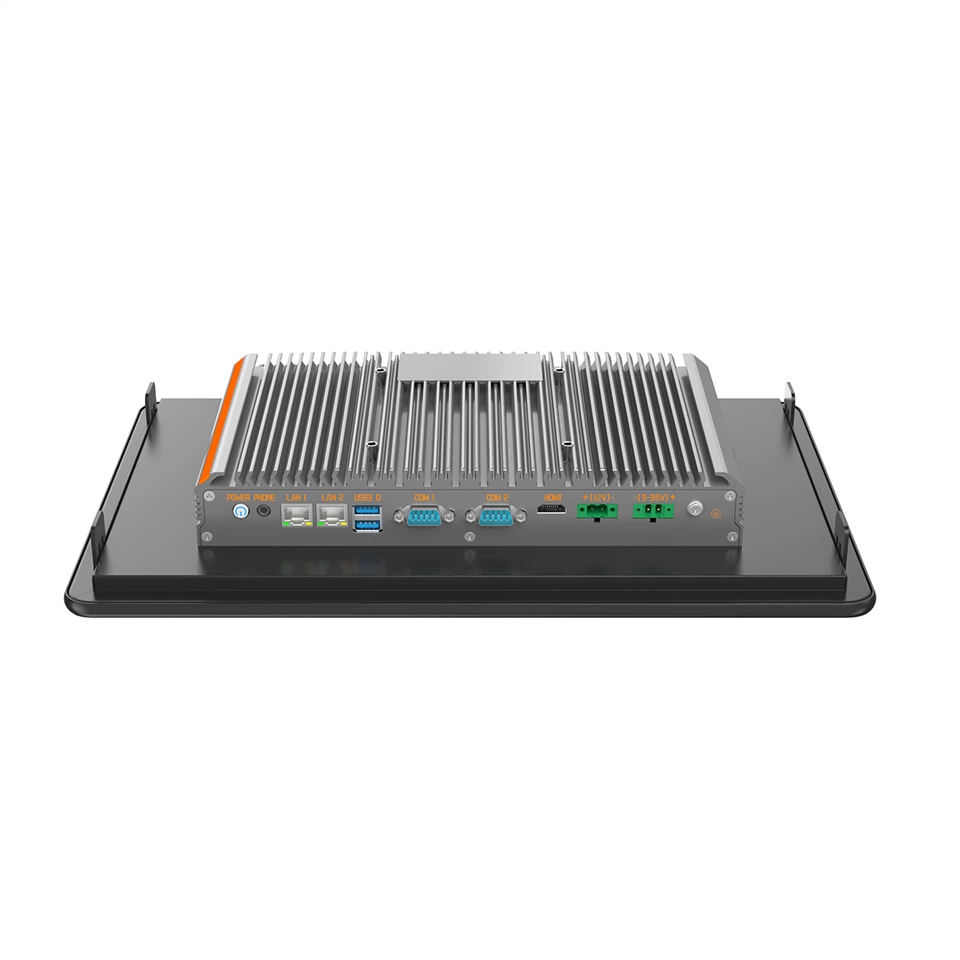Industrial All-in-One Computers: Strengthening the Safety and Traceability Defense Line in the Food Processing Industry
Industry Trends 2025-09-30
Industrial All-in-One Computers: Strengthening the Safety and Traceability Defense Line in the Food Processing Industry
Food safety is a top priority concerning people’s livelihood. In the modern food processing industry, establishing a complete, transparent, and efficient production process control and quality traceability system is not only a legal requirement but also the core for enterprises to gain consumer trust and build brand value. In this “from farm to table” full-chain management, industrial all-in-one computers, with their reliable performance, easy cleaning, and strong data processing capabilities, have become key information collection nodes and management terminals on the production line, providing solid technical support for strengthening the defense line of food safety and traceability.
Precise Executioners of Production Process Control
The food processing process is complex, with strict requirements for parameters such as temperature, time, and ratios. Any minor deviation can affect the taste, quality, and even safety of the product. Industrial all-in-one computers are the key equipment to ensure the precise execution of process standards.
Formula Management and Automatic Blending: In the production of baked goods, beverages, condiments, etc., industrial all-in-one computers, as upper-level machines, store hundreds of product standard formulas. At the start of production, the operator only needs to select the corresponding product model on the touch screen, and the system will send precise blending instructions to the PLC, which controls the valves of each material bin, the motors of the mixing tanks, and the metering equipment to achieve automated and precise blending of raw materials. This completely eliminates the problems of misplacement, omission, and inaccurate measurement that may occur in manual blending, ensuring the stability and consistency of product flavor.
Strict Monitoring of Critical Control Points (CCPs): According to the HACCP (Hazard Analysis and Critical Control Points) system requirements, there are multiple critical control points in food processing that need to be strictly monitored, such as sterilization temperature and time, frying oil temperature, metal detection, etc. Industrial all-in-one computers are connected to sensors and detection equipment at these key nodes, continuously recording relevant parameters 24/7. Once any parameter deviates from the preset safety threshold, the system will immediately sound an alarm and stop the production line to prevent substandard products from flowing to the next stage. All monitoring data is automatically recorded and cannot be altered, providing reliable electronic evidence for quality audits.
The “Data Foundation” of the Traceability System
Complete traceability capability is the core competitiveness of modern food enterprises. When quality issues occur, the ability to quickly and accurately trace back to the source and identify the problem batch is crucial for controlling risks and protecting consumers. Industrial all-in-one computers are the data foundation for building this traceability system.
“ID Card” Management from Raw Materials to Finished Products: The first step in traceability is establishing connections. When a batch of raw materials is received, information such as the supplier, origin, batch, and inspection report is entered into the system through a barcode/QR code scanner connected to the industrial all-in-one computer, generating an internal batch code. During the production process, each time the batch passes through a stage, the batch code is bound to the production time, operating equipment, personnel, and key process parameters of that stage. Finally, when the product is packaged and comes off the line, the spray code or label on the package (including production date, batch number, etc.) acts as the product’s “ID card,” with all the “growth” records from raw materials to finished products stored in the database aggregated by the industrial all-in-one computer.
Rapid Response and Precise Recall: If a batch of products is found to have issues in the market, the enterprise manager only needs to enter the batch number in the traceability system to quickly query its complete “past and present”: which batches of raw materials it used, on which production line and during which time period it was produced, which operators were involved, and which distributors it was sent to. Based on these precise information, the enterprise can quickly identify the problem batch and take appropriate measures. The industrial all-in-one computer is professionally designed to meet the strict hygiene requirements of food processing workshops. It can withstand frequent rinsing and disinfection without any hygiene dead corners. The stainless steel fully enclosed body is usually made of 304 or 316L stainless steel, with a smooth surface that is corrosion-resistant and less prone to bacterial growth. The entire machine is fully enclosed without fans, reaching IP65 or even IP69K waterproof standards, allowing direct cleaning with high-pressure water guns. The pure flat touch screen has no gap between the screen and the frame, preventing dirt accumulation and making it easy to clean and disinfect. 。 Waterproof interface: All /0 interfaces adopt waterproof aviation plugs to ensure the reliability of connections in damp and rinsing environments.
In conclusion, industrial all-in-one computers have become important tools for modern food processing enterprises to ensure product quality, fulfill safety responsibilities, and improve management efficiency through precise control of the production process, comprehensive recording of traceability data, and their own professional hygiene design. They make complex production processes clear, controllable, and traceable, adding a solid “technical lock” to the safety of consumers’ food.
Tags: Industrial all-in-one computer · Food processing industry


